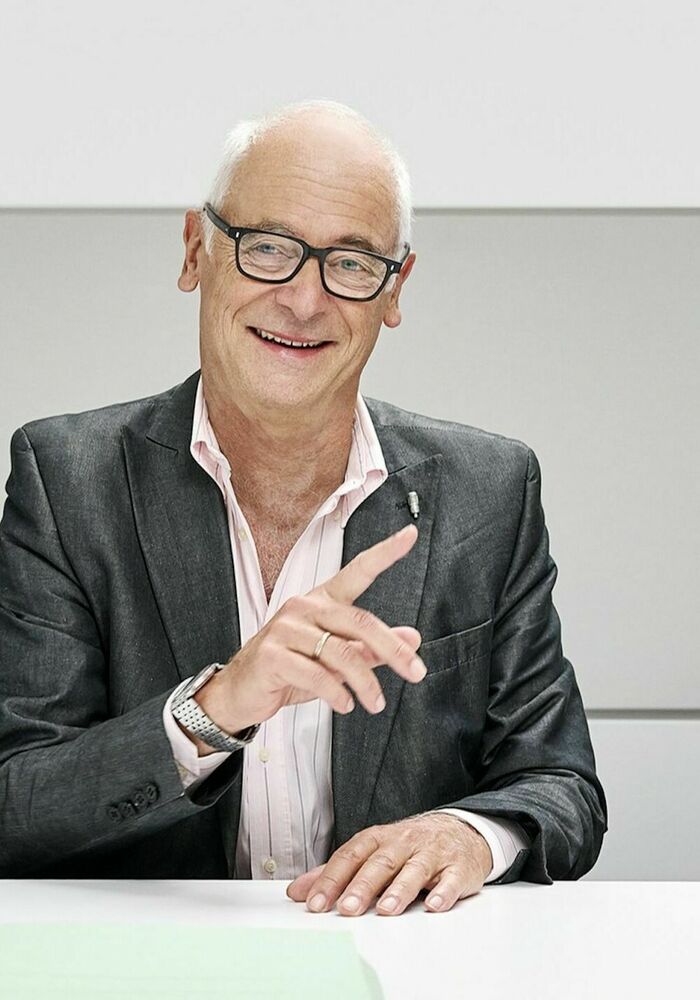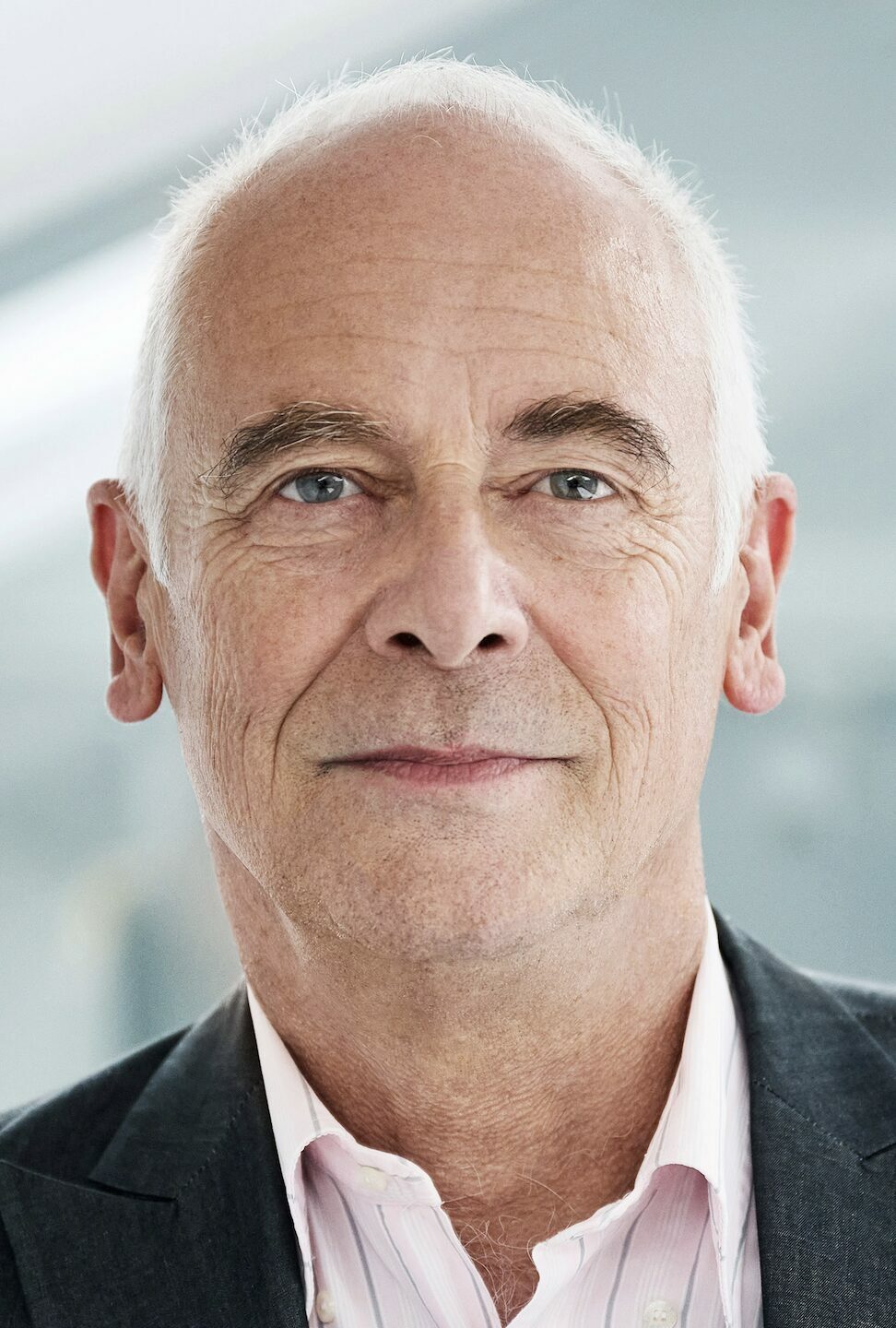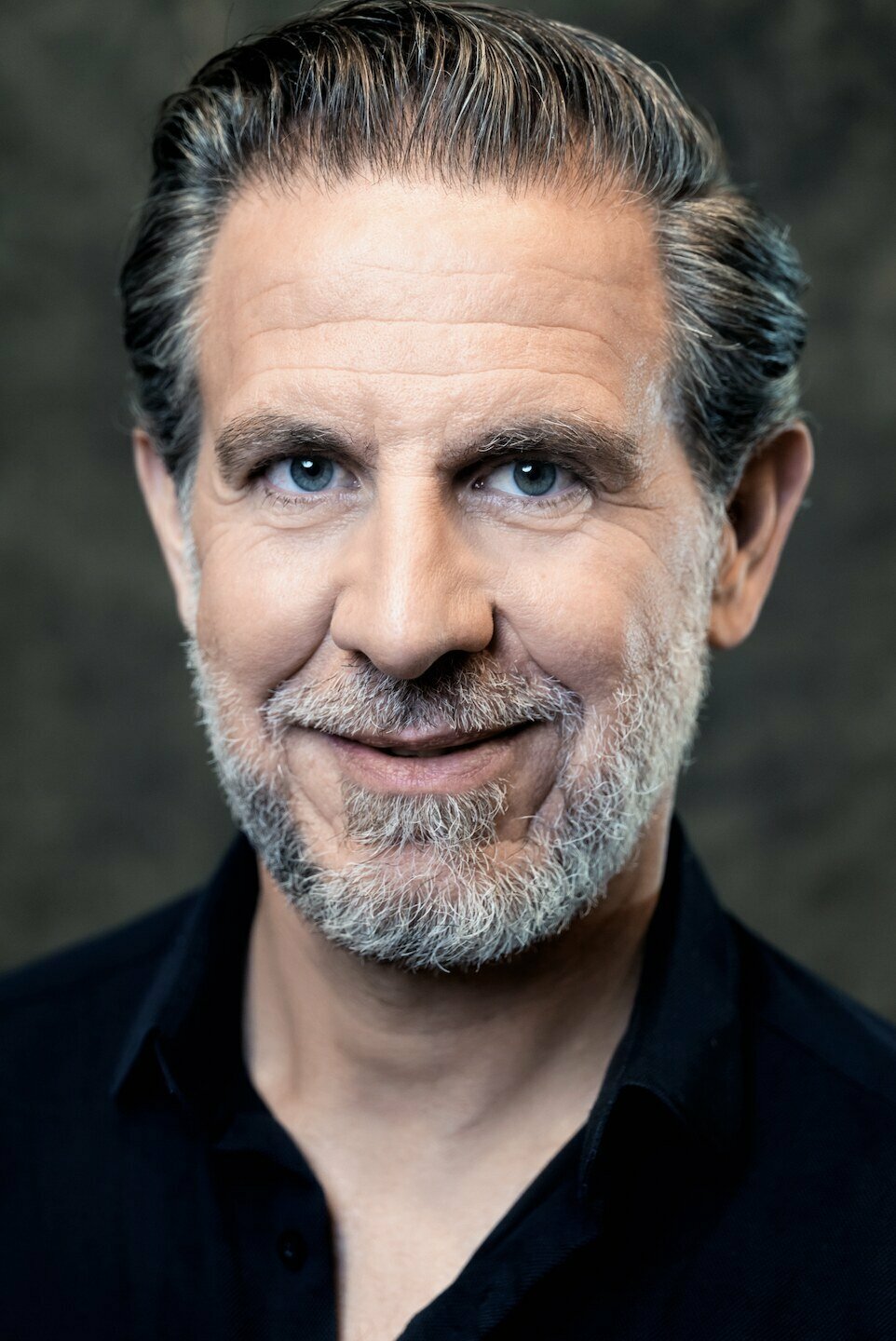In 2022, German studio specialist Neumann.Berlin and Swiss company Merging Technologies – one of the world's leading manufacturers of high-resolution digital audio recording systems – joined forces to work together under the umbrella of the Sennheiser Group. Almost 18 months on, their respective CEOs Ralf Oehl and Claude Cellier join Headliner for a frank and exclusive chat about the challenges and achievements they have navigated so far, as well as a glimpse at what the future holds.
Few stories captured the pro audio market’s imagination like that of Merging Technologies joining forces with Neumann in mid-2022. Here we had two elite exponents of their craft coming together in a move that on the surface did not appear an obvious alliance. Berlin-based Neumann, already being part of industry juggernaut Sennheiser, has long been used to operating at a scale that is incomparable to that of Merging. The independent Swiss outfit, while not niche, is almost exclusively active in the professional tier of the industry. What’s more, it is the definition of brand moulded in the image of its creator. For more than three decades, Cellier has instilled a spirit of independence, ambitious entrepreneurship, and innovative technical thinking. He embodies everything his company has come to represent.
Cellier’s counterpart at Neumann, meanwhile, has spent much of his career not in audio but in private equity. Another point of difference, but one that highlights in many ways why this partnership, unlikely as it may appear on the surface, makes a lot of sense once you peek under the bonnet.
Joining Headliner one week before NAMM 2024 for an exclusive interview together via video call, the pair are refreshingly open in their discussion of how the partnership is developing. The warmth and respect that exists between them is genuine, while their distinct, sometimes contrasting personalities shine through to highlight why they are such a complementary pairing.
“With the roadmap we set together, it was not immediately obvious that it was something we’d be able to collaborate that well on,” begins Cellier from his office in Switzerland. “Ralf and I had great hopes that we’d be able to make it work but it’s not always a given. Some companies don’t merge well at all. But the first 18 months have been an intense and fruitful collaboration. We have mutual respect for our respective territories, fields of knowledge, and expertise. There is tremendous expertise at all levels at Neumann, and we share a lot of information. It’s been a great experience so far and I’m amazed at the talents that we can now draw upon in terms of ramping up the product range. We already released a success product (MT 48 interface) in the first year that we are already ramping up production of to cope with demand. That is remarkable.”
“We knew it would be an interesting ride,” smiles Oehl, calling from his home in Munich. “I’ve seen these things succeed and I’ve seen them fail. I knew up front that keeping the entrepreneurial spirit and the brain of Claude as the centrepiece was going to be crucial to its success. It’s not just two anonymous brands moving together. Neumann has a lot of tradition and self-confidence in what we do and on the other side we have a unique owner-driven company. For two companies like this to free resources and grow together and find common ground on basic technicalities takes a lot of time and effort.
“The first moment Claude and I felt this could be a great alliance was when we looked at our competencies and saw how amazingly complementary they are without anyone standing on anybody’s toes,” he continues. “It’s a match made in heaven, because they have exactly what we don’t have and vice versa.
“On the other hand, it means creating ties, because when you bring complementary elements together you have to build trust, you have to decide where to hand over and how to fit together. That is going very well but it's a sensitive issue because both companies are operating at the top level of our technologies, and no one wants to lose anything by combining those forces.”
According to Oehl, building that trust between the two camps was the first and most vital building block. It was, however, something that had to be developed at pace on account of the scheduled release of the first collaborative products – last year’s MT 48 audio interface.
“This is an alliance and there is no ego, so we wanted to discuss everything together before we made any decision,” says Oehl. “We took significant time exploring that, and for that reason we took it slowly. What sped it up was that we had an ongoing project with the MT 48, which was progressing quickly, and we needed some combined structures to make it a success. And as of this January we have put both our product management teams together.
“For 18 months they have been collaborating and now they have become one team. We have a lot of experience on the hardware side when it comes to manufacturing and global distribution, and Merging has a tremendous track record with software that we don’t have. It’s taking time but we are not done. We are still in the process of growing together stronger.”





